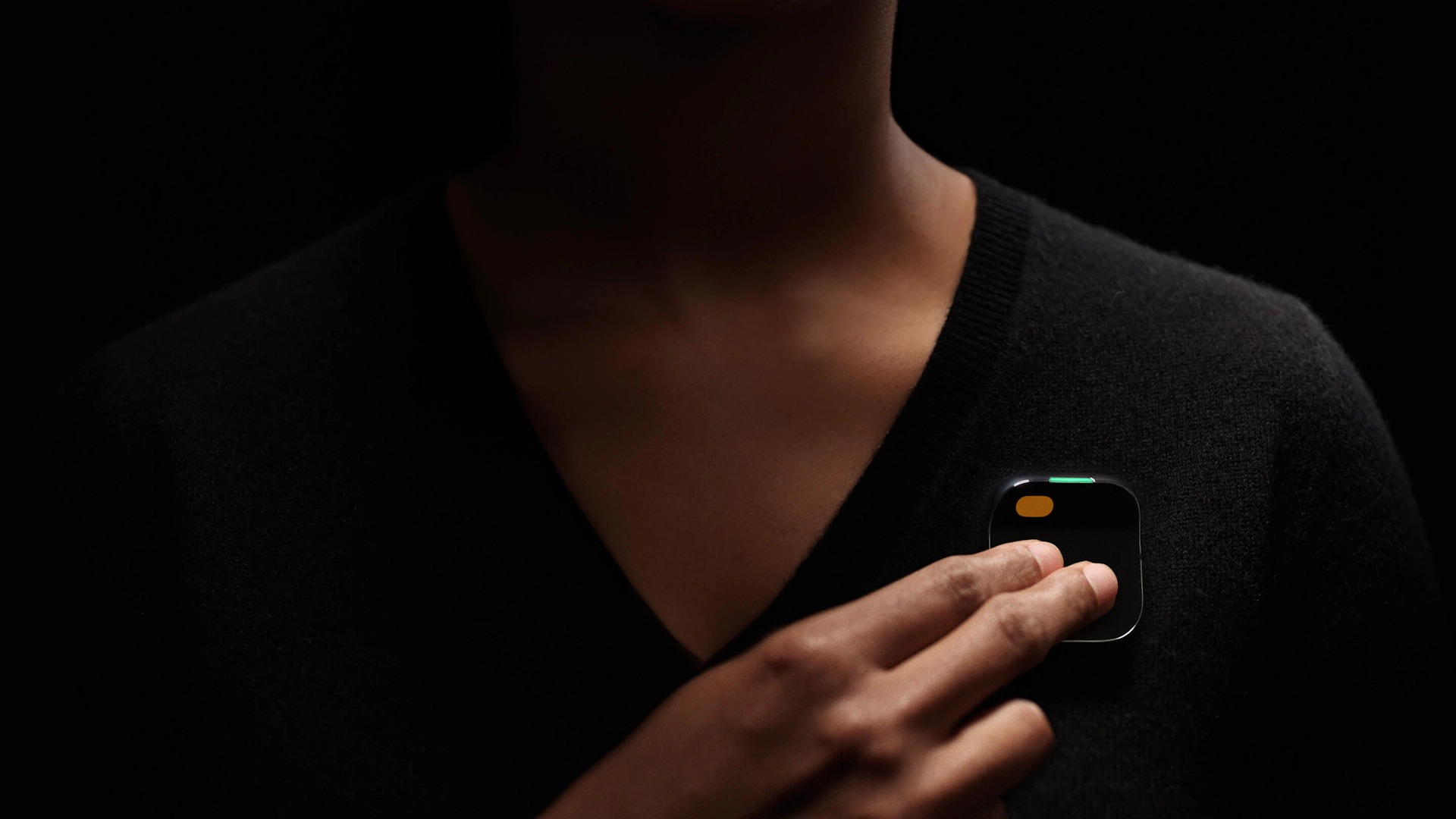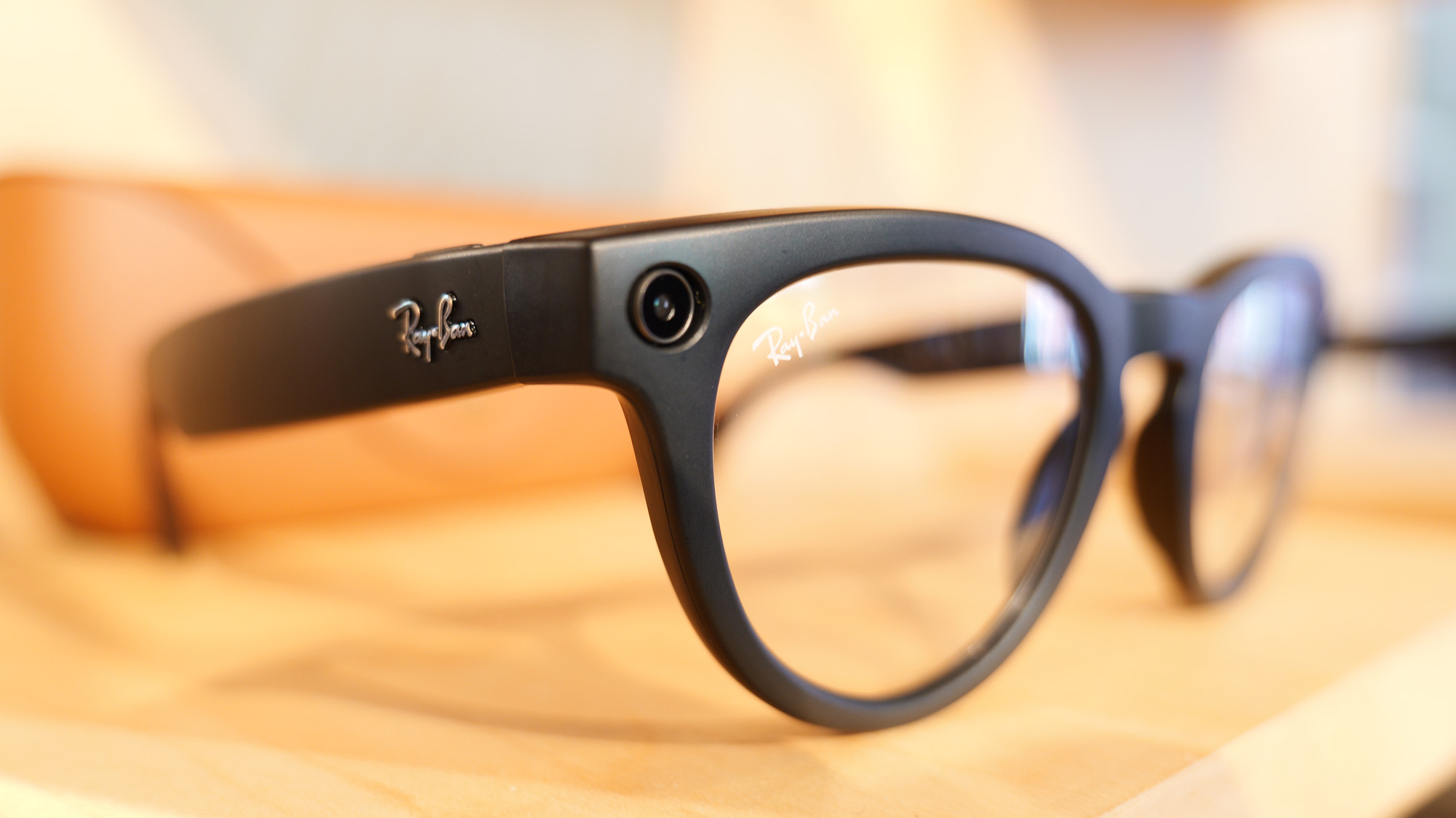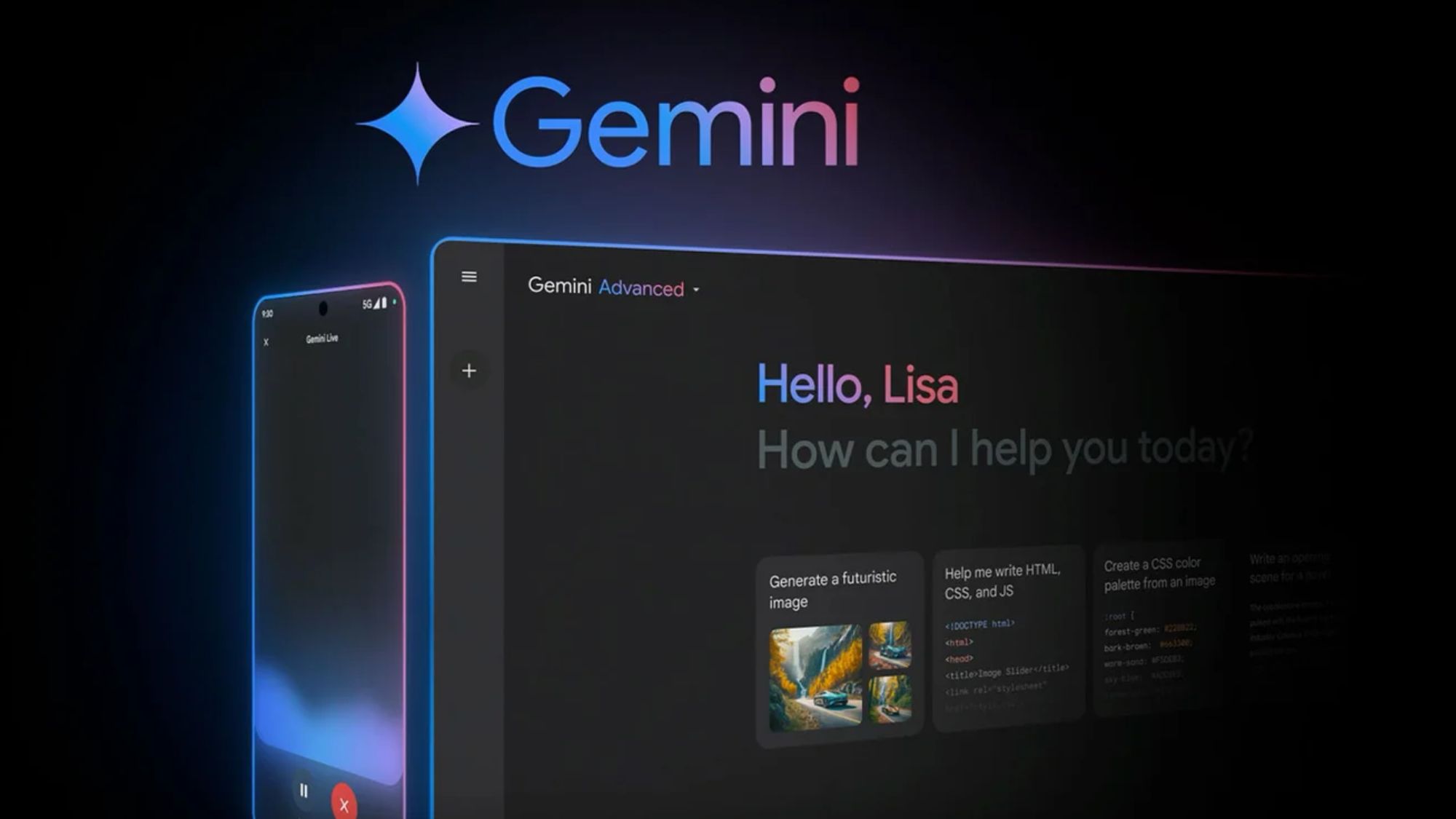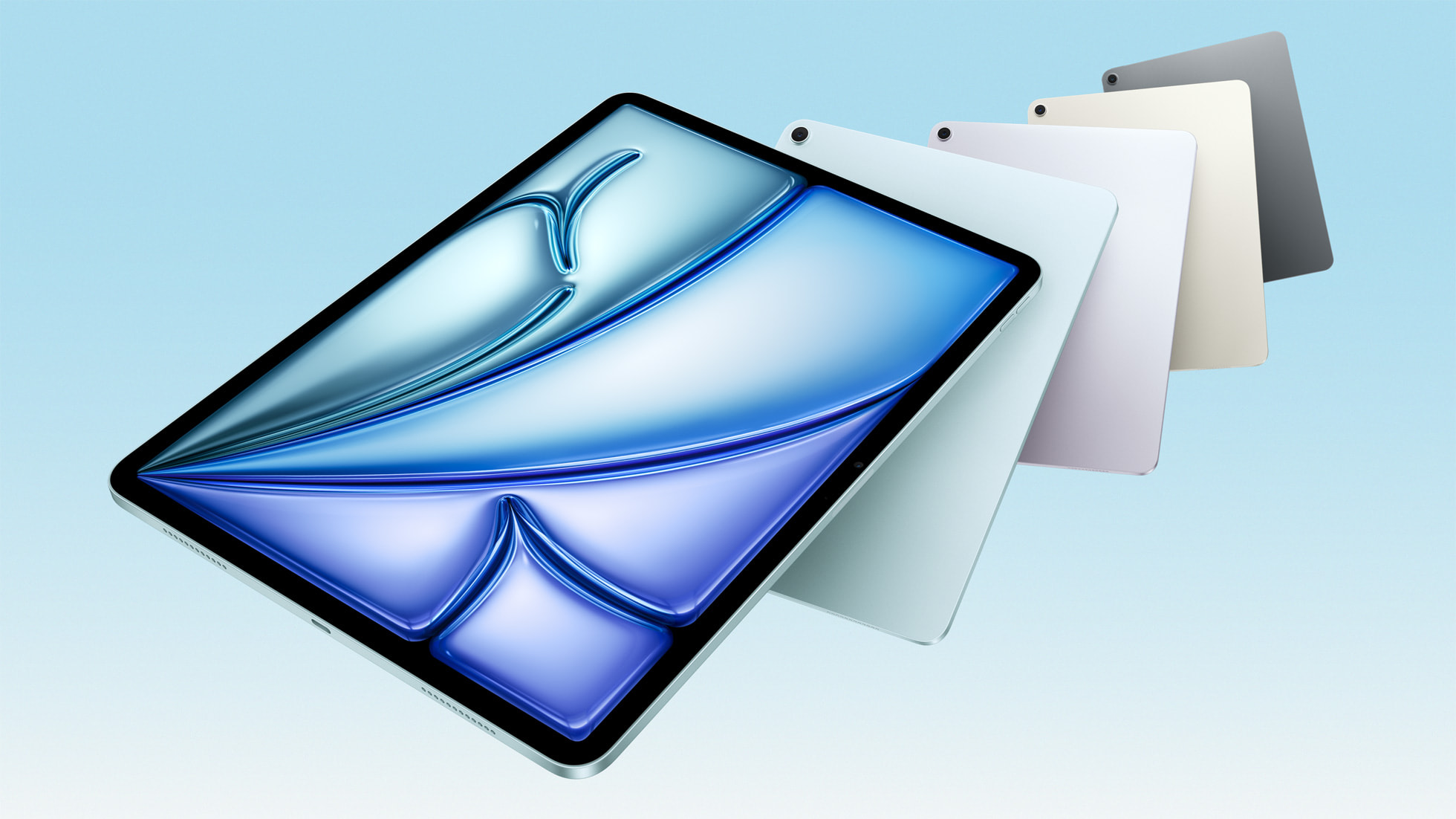The challenge of replacing the smartphone — here's where they went wrong
These would-be smartphone replacements are just accessories

The “two-way wrist radio” was science fiction when comic strip detective Dick Tracy first donned it in 1946. Now, making wireless calls sits low on the list of the most impressive features of smartwatches. Unlike earbuds, another popular high-tech wearable, smartwatches are independent platforms that can host their apps.
However, rather than trying to replace the smartphone, their use has skewed to health and safety tasks. That may be partly because the leading smartwatch OS vendors also control the leading smartphone operating systems. However, it also reflects the technical limitations of a device with a display, input surface, and battery size that can’t compete with a smartphone's.
This relationship between smartphone and smartwatch set the stage for introducing the poorly received Humane AI Pin, a wearable whose company had designs on replacing the smartphone but, as of May 21, was rumored to be putting itself up for sale. Despite all the criticism of the device’s performance, many saw potential in its use cases, including hands-free access to generative AI and photo and video capture.
What went wrong?
Almost all of the major gripes about the AI Pin could be addressed if it were a smartphone accessory rather than an independent device. For example, the need for a separate subscription and phone number drew criticism; both disappear if it piggybacked onto the phone’s connectivity like most smartwatches. Cutting the cellular radio would also help reduce the device’s size and address its abysmal battery life. It would also ease integrating such a device with accounts and other apps.
Years before the AI Pin and even the debut of generative AI, another company developed a screen-free, cellular-connected wearable that offered voice-driven assistance. The Pebble Core, created by the pioneering smartwatch startup, was a keychain-friendly square about the size of the final iPod shuffle. It accessed Alexa via a 3G network. It could also stream Spotify and provide emergency location info via GPS. Intended as a running companion device, the wearable was part of a 2017 crowdfunding campaign that garnered nearly $13 million.
Unfortunately, it came as time was running out for Pebble. The product was never released, and we’ve seen no major efforts on a similar product since.

A smartphone isn't the only competition
Why? If one of the AI Pin’s failings was that it competed unsuccessfully with the smartphone, a version of it as an accessory would still have to compete with the smartwatch or smart glasses such as Amazon’s Echo Frames or Ray-Ban’s Meta smart glasses. A smartwatch wins as the least conspicuous device and monitors the broadest range of health metrics, but smart glasses can also capture hands-free photos and videos in addition to offering private listening via earbud-like speakers. (There are watches with integrated cameras, but they are intended for surveillance.) In-lens projections could also overcome AI Pin's challenges with its signature projection display, especially outside.
Stay in the know with Laptop Mag
Get our in-depth reviews, helpful tips, great deals, and the biggest news stories delivered to your inbox.
Alas, smart glasses have their own challenges. While they are getting closer to resembling regular glasses, there’s still a way to go, especially for those who favor thin frames. Those who don’t need prescription glasses aren’t seeking eyewear beyond situational sunglasses. Indeed, it’s estimated that 45 million would-be glasses wearers in the U.S. alone opt for contact lenses. Others have LASIK or other surgeries to escape them.
Meanwhile, those who wear prescription glasses must take the extra (and sometimes expensive) step of getting suitable lenses for smart glasses. A smart pin avoids all these issues, but even a pin smaller than the Humane pin would stand out more than the Meta-infused Wayfarers. Apple and Google may be pushing forward on augmented reality headsets, but the leading smartphone stewards haven’t shown interest in scaling that technology down to smart glasses. A specialist company like Xreal might jump in, though.

Outlook
One thing’s for sure. We will soon have better on-the-go access to generalized voice agents without pulling out our phones. Google already allows substituting the far more useful Gemini for Google Assistant, and Siri will offer more generative AI-like conversations imminently.
That will put the power of an Open AI-caliber dialogue into a convenient button press or tap on a smartwatch or a tap or squeeze of many earbuds. Such a step will provide one less reason to have a smart pin, which can do some things better than a smartphone alone but faces tougher competition when that smartphone is paired with other wearables.

Ross Rubin is the founder and principal analyst at Reticle Research. Ross has been an industry analyst focusing on innovation in the technology, media and telecom markets for over 20 years. Prior to founding Reticle Research, he was executive director and principal analyst at The NPD Group, where he provided analysis on a wide range of technology topics and led research spanning devices, access and content. You can follow him on X and Threads @rossrubin.
